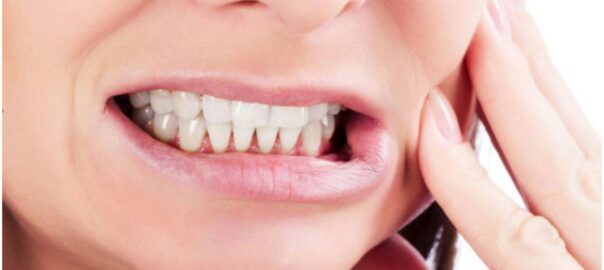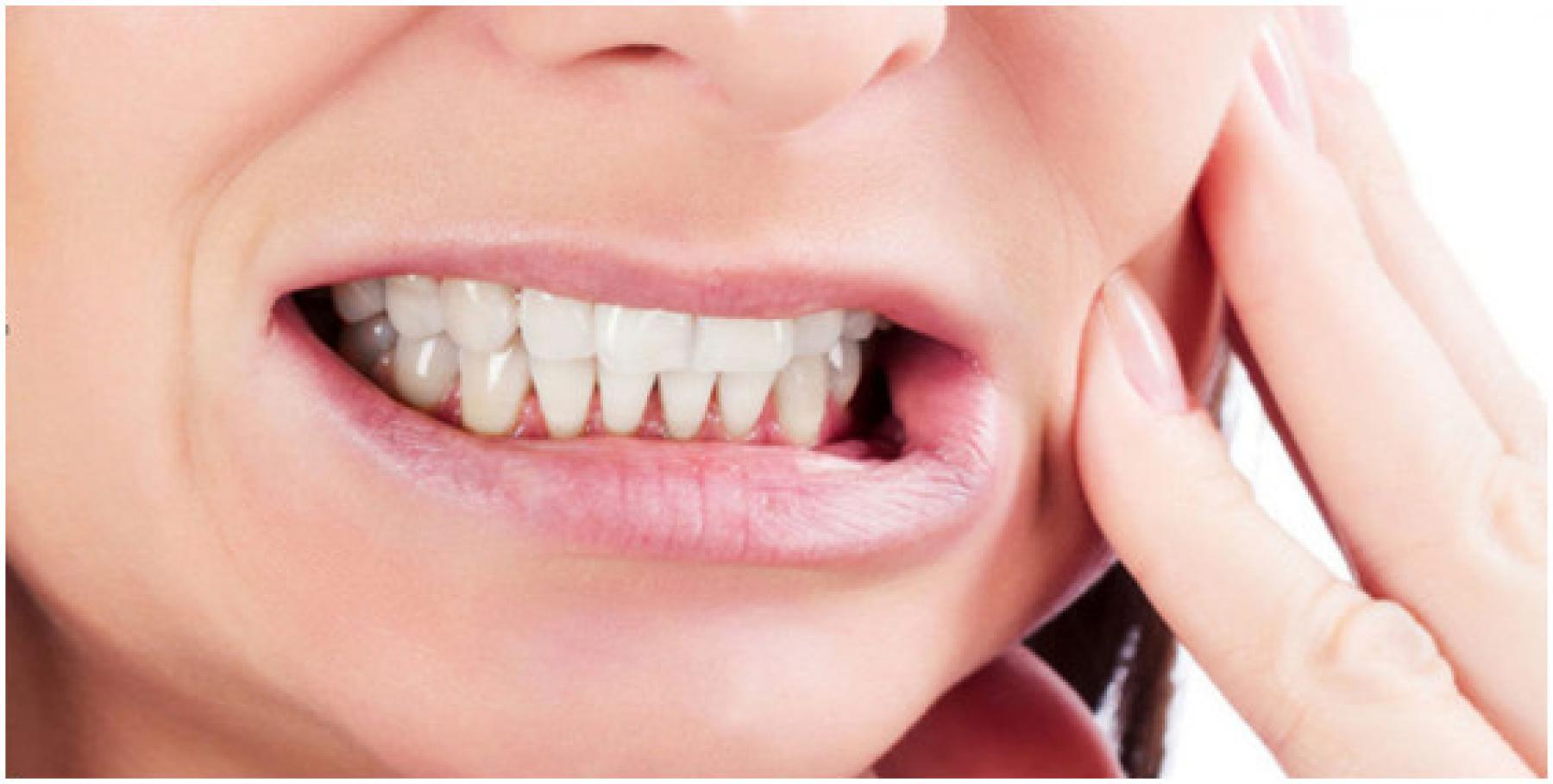The removable partial dentures are removable devices that allow one to replace many teeth. They are anchored by means of retainers (the most common being the hooks) to remaining teeth to replace some pieces and not the complete arch. Like all dentures, removable dentures seek to replace missing teeth.
In addition to teeth, these removable partial dentures can replenish bone and gum tissue when these tissues have been lost through time or infection.
By being removable, they facilitate the hygiene of both artificial and natural parts that remain in the mouth. In addition, they offer the possibility of improving chewing, aesthetics and speech. However, they have some drawbacks, and that is that they can lead to an overload of the teeth on which the hooks rest and accelerate the process of atrophy of the bone and gum on which it rests. Also at the beginning they can cause chafing on the gum and give a sensation of instability; The process of adaptation deserves a time, with special care, until the patient is not aware of wearing prostheses.
Because of these inconveniences, these removable prostheses are not usually the first option to return the patient’s smile when some teeth are missing. When the patient meets the conditions of general health and availability of bone to place dental implants, these will allow to return a situation more similar to that of natural teeth, both in aesthetics and in operation.
Even so, in our advanced dental clinic in Kirti Nagar, removable partial dentures maintain some clear indications. Its main use is as temporary prostheses to temporarily restore aesthetics to patients who must wait after receiving dental implants or bone grafts. Another minor indication that will never disappear is as definitive prostheses for patients who, due to having a serious illness, do not have the possibility of undergoing implant placement surgery.
Types of removable partial dentures
Skeletal dental prosthesis
They are called the removable prostheses that have a metal part to which the artificial teeth are anchored and the pink acrylic that imitates the gum. In turn, this metal skeleton has hooks or supports that are attached to the natural teeth present and allows to keep the prosthesis in place.
The metal part is also constituted by a more or less wide bar joining the two sides of the prosthesis. Basically it must have a major connector or armor, minor connectors, retainers, bases, occlusal supports, stabilizing elements and indirect retainers.
If you are going to opt for this treatment it is very important to know that, depending on the location, you can sacrifice part of the aesthetics (the patient is exposed to the hooks are visible) and hygiene is a key factor to prevent the remains of food are retained by the prosthesis, thus increasing the formation of plaque in other healthy teeth.
This type of prosthesis is rarely used as a provisional in dental implant treatments because its cost is higher than the partial resin.
Removable resin prostheses
Like the skeletal ones, the resin partials also need remanent teeth to sustain themselves, by forged or cast retainers. They are less used as definitive prostheses, because the skeletons offer higher quality. They are used in most cases as temporary prostheses, or when the remaining natural teeth are in poor condition.
They are made of acrylic resin, a material that tries to imitate the anatomy of the teeth and the gum, to cover the spaces that have left the lost teeth in the mouth. Likewise, it has small hooks that attach it to adjacent pieces.

Advantages of removable partial dentures
The main advantage of removable partial dentures is the possibility of replacing dental pieces economically.
If the patient opts for this treatment, it must be taken into account that good hygiene will be key to its durability and to limit the collateral damage to the remaining teeth by the plaque accumulation, increasing the possibility of decay and loss of supporting teeth.
The patient has the possibility of taking advantage of the characteristic of being removed and put, to perform a correct hygiene of the pieces, which is considered a great advantage.
Likewise, it is an advantage to use removable partials, the durability and the ability to adapt to the specific needs of the elderly.
Disadvantages of removable partial dentures
It represents a disadvantage that removable partial dentures rest on healthy teeth to hold in place within the denture. If proper hygiene is not carried out, it greatly increases the chances of suffering from serious periodontal diseases and decay, due to the accumulation of plaque.
Another of the consequences is that over time the remaining teeth that serve as support change position or move, eventually affecting the maxillofacial bone. The prosthetic structure also tends to produce discomfort and ulcerations that require checking and adjustments by the dentist.
The metallic and plastic elements can fracture with the use, reason why its retirement and immediate revision is required before the possibility of damages to other pieces or soft tissues of the buccal zone.
We must not forget to mention the aesthetic disadvantage of this type of prosthesis compared to other implantological options, since the hooks are almost always visible and the artificial pieces are far from an aspect, shape and natural tone.
Finally, a very important disadvantage is that they rarely reach the comfort of an implant treatment. Being removable they also move in the patient’s mouth, and this instability can be a problem for some patients.
If you have any questions, do not hesitate to ask our dental prosthetics experts in Valencia . In our dental clinics located in the capital of Turia , we have the best professionals at the service of your oral health.






